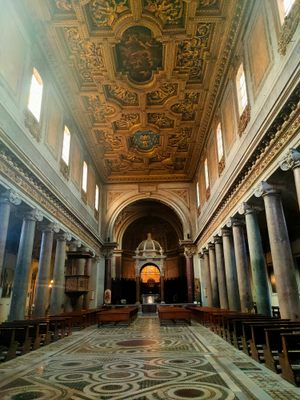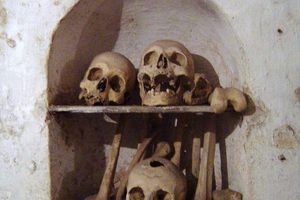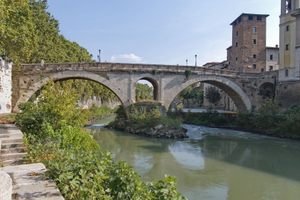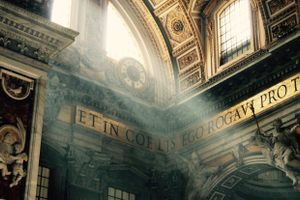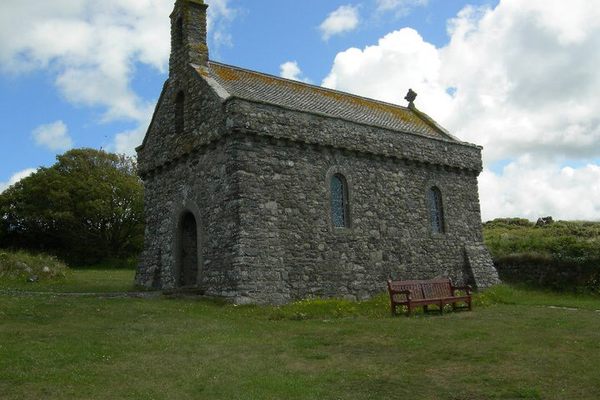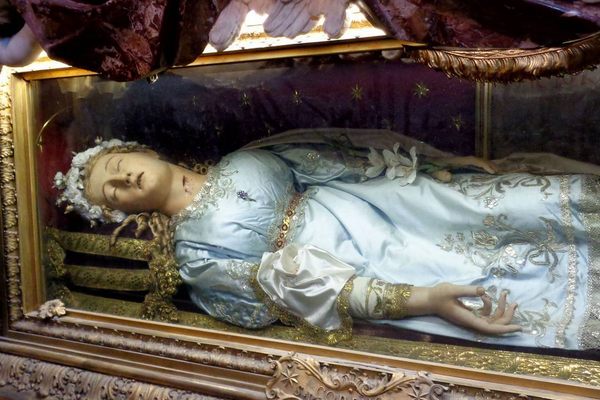About
The Basilica of San Crisogono is often overlooked by visitors who explore the historical district of Trastevere in Rome. Unknown even to many locals, this 17th-century structure hides an extraordinary archaeological excavation that can be visited quite easily, and often completely alone.
Stairs from the sacristy lead to the excavations, which have revealed traces of a 4th-century church, among the oldest in Rome. The church centered around the cult of the martyr Saint Chrysogonus (who may or may not have actually been martyred in Rome) and would have been a private site, before the recognition of Christianity as a tolerated religion.
The single-nave church was discovered in 1907 some 20 feet below the basilica. Upon descending, the semicircular apse is visible and is flanked by two other spaces, the secretarium (the robing room) and the baptistery, where part of the baptismal font is still visible. Archaeologists, upon unearthing two older basins, have suggested that this space might have been an ancient fullonica, a fullery or laundry room.
Walking around the apse also reveals the window through which pilgrims could have caught a glimpse of the martyr's holy relics. Here, 8th-century frescoes representing three saints, including Chrysogonus, are still visible. What's more, in the space between the foundation wall of the more recent basilica and the Paleochristian church wall, another cycle of vivid frescoes from the 10th and 11th centuries depict scenes from the lives of Saint Benedict and Pope Sylvester, among others.
From this section, the narthex of the original church can also be explored. Several ancient sarcophagi can be seen, such as the 2nd-century sarcophagus with sea deities and one decorated with what appear to be muses. Remains of earlier Roman housing have also been uncovered here.
Related Tags
Know Before You Go
To access the underground excavations, look for the guardian around the church, often found by the sacristy. The entry fee is 3 euro and you will receive a small information pamphlet. The excavation site is usually open from 7.30 a.m. to 11.30 a.m. and 4 p.m. to 7 p.m. on weekdays and from 8 a.m. to 11 a.m. and 4 p.m. to 7 p.m. on Sundays and holidays. Among other sights, the 17th-century basilica has a copy of Guercino's "Glory of Saint Chrysogonus" in the center of the beautiful coffered ceilings. For a long time the basilica served as the national church of Sardinians and Corsicans in Rome, and several commanders of the military unit of the Guardia Corsa are buried here.
Flavors of Italy: Roman Carbonara, Florentine Steak & Venetian Cocktails
Savor local cuisine across Rome, Florence & Venice.
Book NowPublished
September 9, 2019





